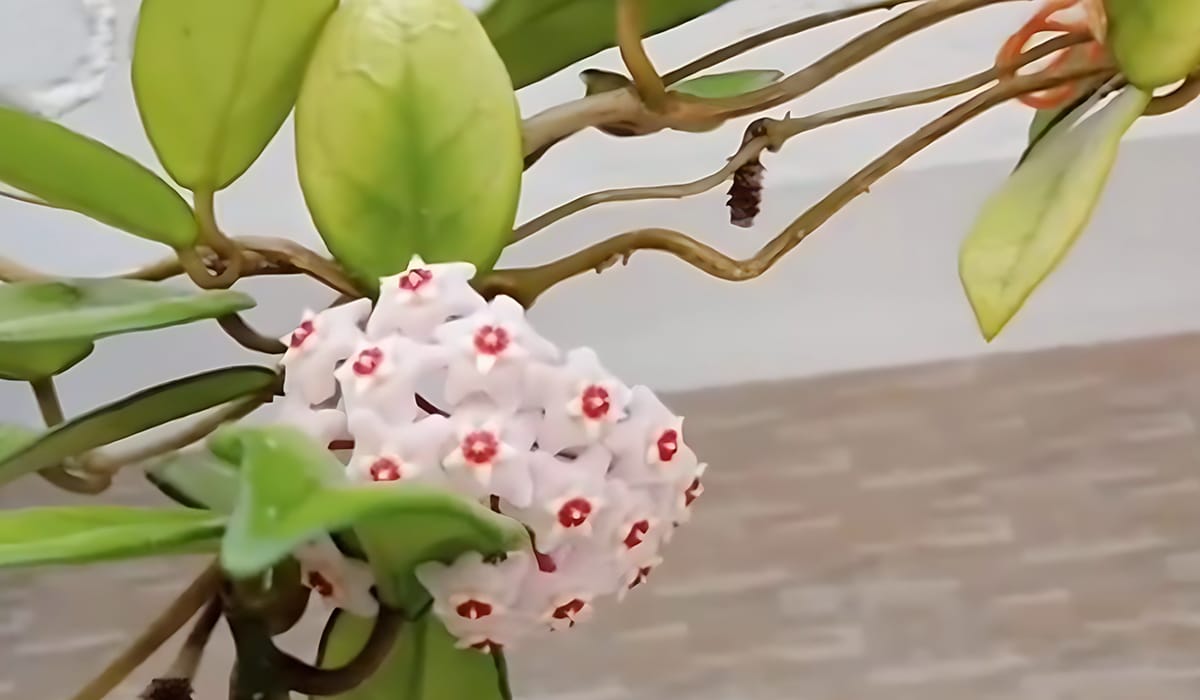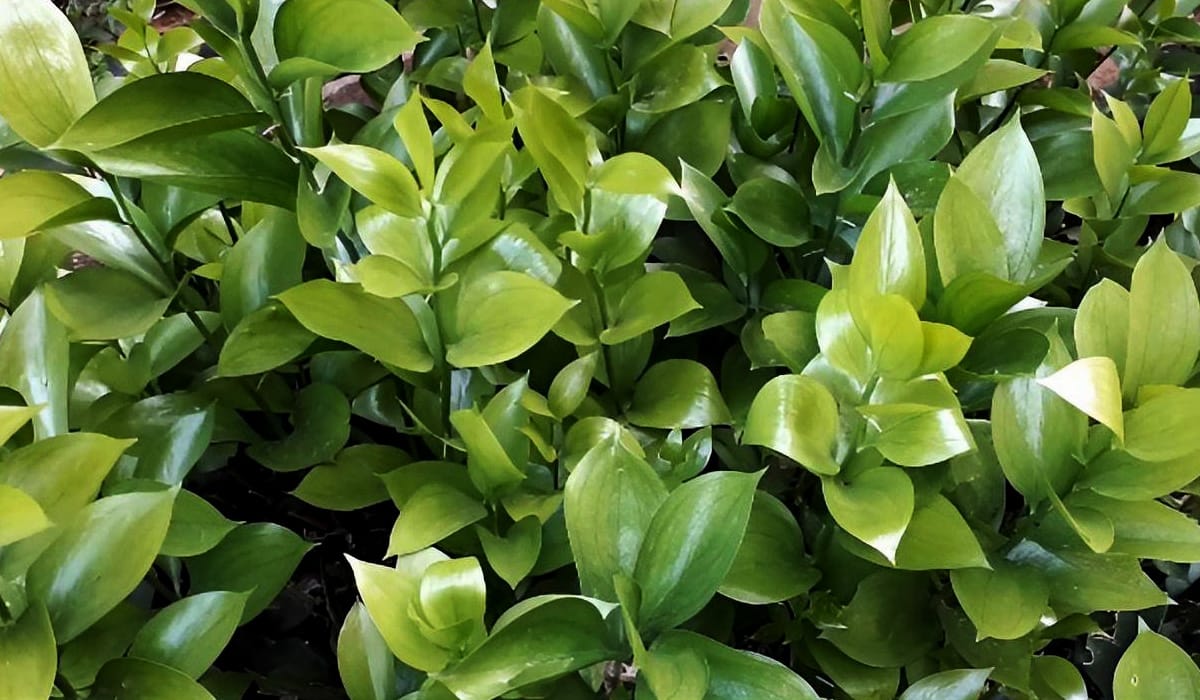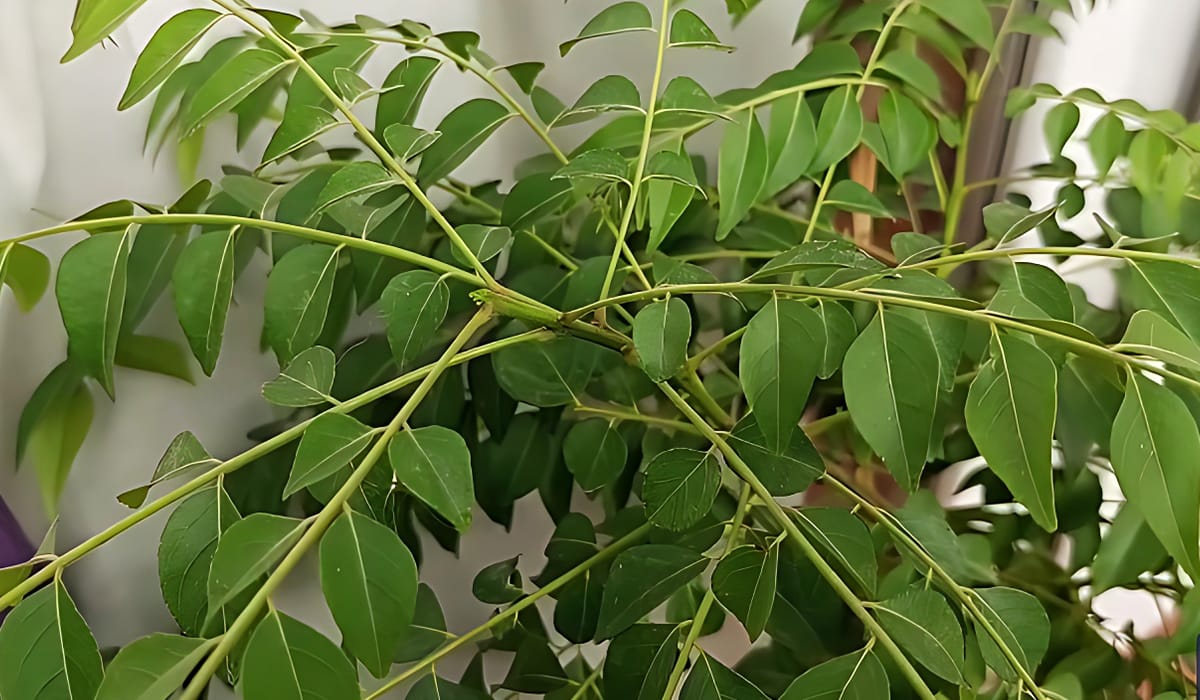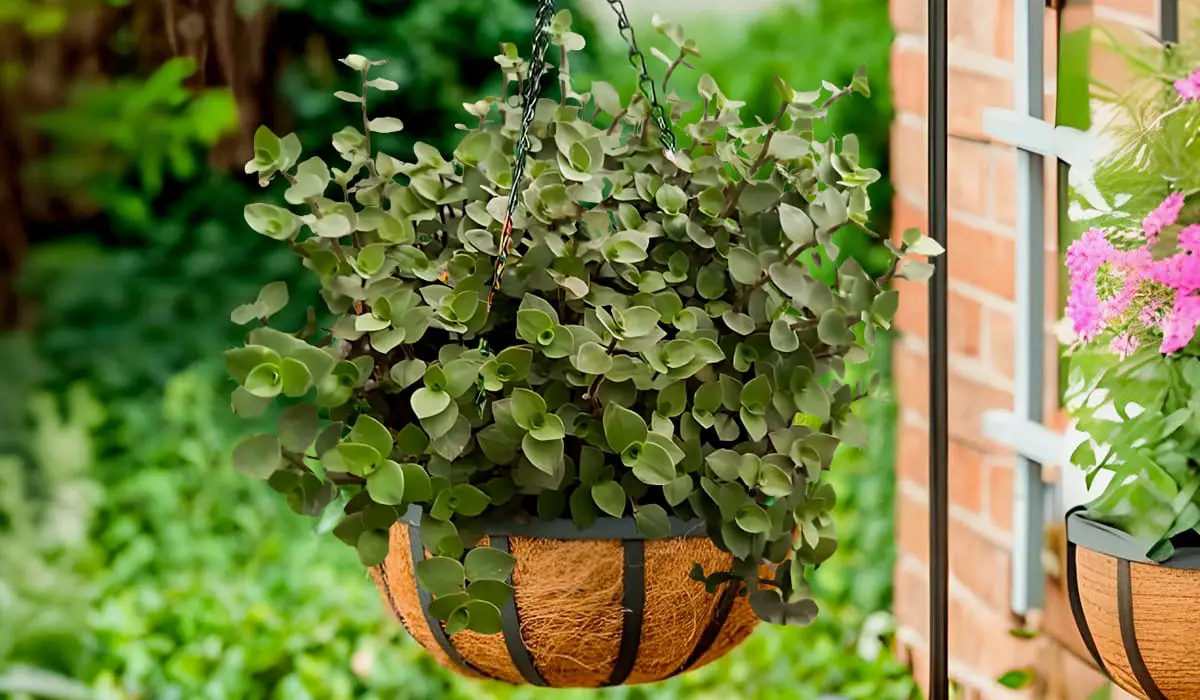
House plants not only add a touch of nature to our living spaces but also contribute to a healthier and more vibrant atmosphere. One such gem in the realm of indoor greenery is the Rubra Wax Plant. In this comprehensive guide, we will delve into the fascinating world of the Rubra Wax Plant, exploring its unique characteristics, care requirements, and tips for cultivating a thriving botanical companion.
Understanding the Rubra Wax Plant:
The Rubra Wax Plant, scientifically known as Hoya carnosa 'Rubra,' is a captivating member of the Hoya family. Known for its glossy, waxy leaves and clusters of star-shaped flowers, this plant is a favorite among house plant enthusiasts. Its vibrant, deep green foliage and the occasional splash of reddish-pink hues make it a stunning addition to any indoor garden.
Key Features of the Rubra Wax Plant
Leaves: The Rubra Wax Plant is characterized by its thick, succulent leaves that have a shiny, wax-like texture. The deep green coloration is often complemented by subtle red undertones, especially in well-matured leaves.
Flowers: One of the highlights of the Rubra Wax Plant is its unique flowers. Small, star-shaped blossoms appear in clusters, ranging in color from creamy whites to soft pinks. The flowers emit a subtle, sweet fragrance, adding a delightful touch to your living space.
Rubra Wax Plant Care Tips

- Light: Place your Rubra Wax Plant in bright, indirect light for optimal growth. While it can tolerate some shade, too much darkness may hinder its flowering potential.
- Watering: Allow the top inch of the soil to dry out before watering. Water sparingly during the winter months when the plant is in its dormant phase.
- Soil: Use a well-draining, peat-based mix to ensure proper aeration for the roots. Consider adding perlite or orchid bark to enhance drainage.
- Temperature and Humidity: Maintain a temperature range of 60-75°F (15-24°C). The Rubra Wax Plant thrives in moderate to high humidity, making it an ideal choice for bathrooms or kitchens.
- Pruning: Trim leggy stems to encourage bushier growth. Remove any yellow or damaged leaves promptly to maintain the plant's overall health.
Cultivating the Rubra Wax Plant as a Stunning Indoor Feature
Whether you're a seasoned plant enthusiast or a beginner in the world of indoor gardening, the Rubra Wax Plant is a fantastic choice. Its low-maintenance nature, coupled with its aesthetic appeal, makes it a versatile addition to various home settings.
Conclusion
The Rubra Wax Plant is more than just a house plant – it's a living work of art that brings joy and tranquillity to your space. By providing the right conditions and care, you'll be rewarded with lush foliage and charming blooms, turning your home into a haven of natural beauty. Embrace the unique allure of the Rubra Wax Plant and elevate your indoor gardening experience.
Consider expanding your indoor plant collection with other easy-to-care-for plants like
- Pink Chinese Evergreen
- Fiddle Leaf Fig Tree
- Monstera Albo
- Snow Queen Pothos
- Cousin It plant
- Snow White Waffle Plant
Each of these plants offers its unique charm and benefits.
Thanks for reading this article. if you have any questions must comment and contact our team. don't forget to share this article with your friends.
FAQ
Is the wax plant an indoor or outdoor plant?
How much sun does a wax plant need?
Avoid placing your wax plant in intense, direct sunlight, especially during the peak afternoon hours, as this can scorch the leaves. Finding the right balance of light is crucial for the overall health and flowering potential of your wax plant. If grown outdoors in suitable climates, providing partial shade or filtered sunlight is essential to prevent leaf burn and ensure optimal growth.









